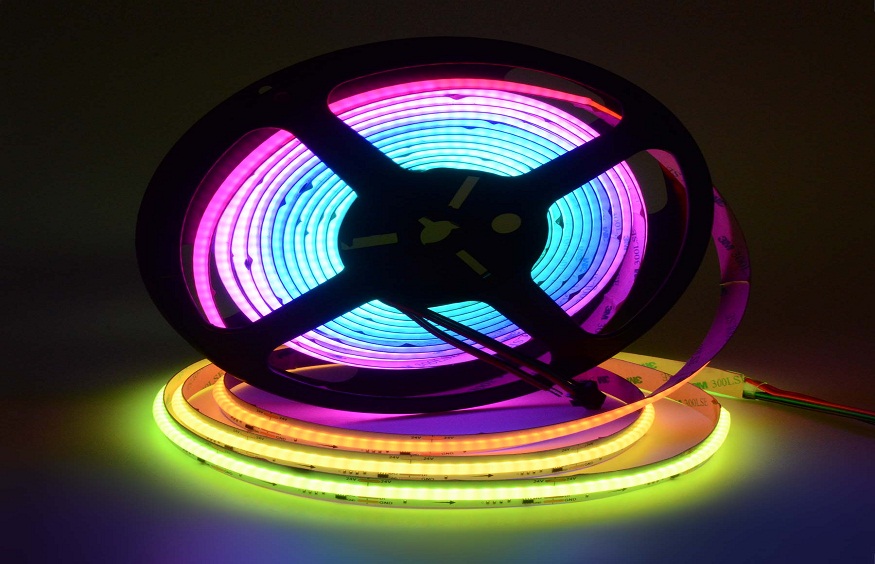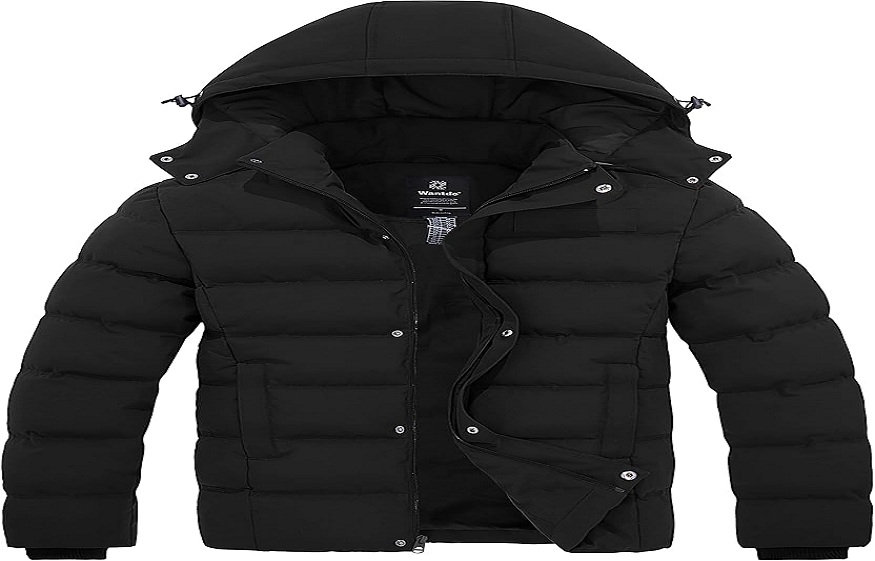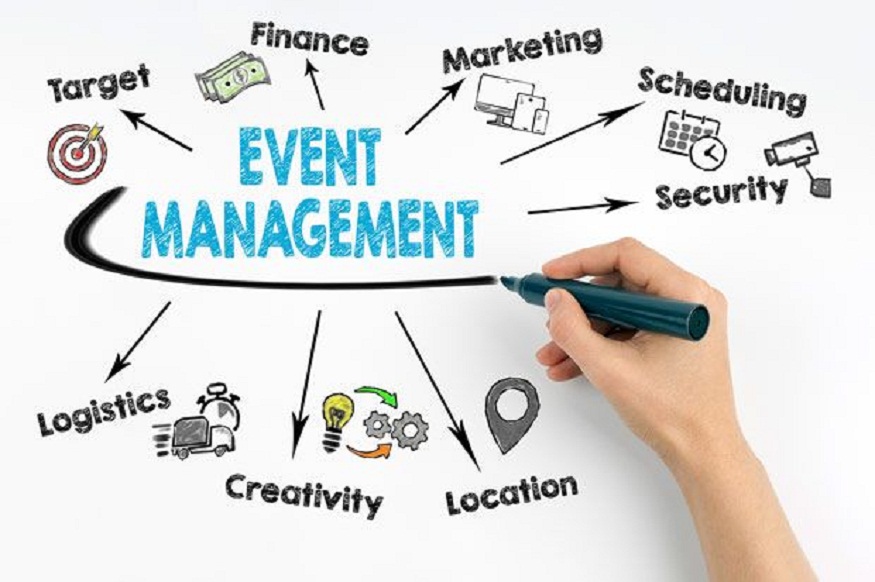Balancing Performance and Efficiency in LED Lighting: Insights from Wholesale Supply Trends
As global industries shift toward sustainable and efficient solutions, the role of LED lighting has become more prominent than ever. Whether it’s for retail, architectural, or industrial use, businesses are consistently seeking lighting solutions that don’t just perform well but also align with long-term efficiency goals. This shift has placed LED technologies and the wholesale supply behind them at the center of forward-thinking infrastructure planning.
But what makes the supply side of LED lighting so critical? It’s not just about availability or price it’s about finding reliable components that meet today’s dynamic design and functionality standards.
The Mechanics Behind LED Strip Lighting Demand
LED strip lights have steadily become a top choice for many commercial installations. Their flexible form, customizable lengths, and energy-saving design make them suitable for a wide range of projects from subtle accent lighting in hotels to complex overhead fixtures in industrial spaces.
What often gets overlooked is the role wholesalers play in maintaining the balance between quality and affordability. Working with Wholesale LED Strip Lights suppliers has enabled many integrators to tailor lighting solutions that are both scalable and consistent. These suppliers act as a bridge between advanced manufacturing and real-world installations, offering bulk quantities while maintaining the technical integrity needed for professional use.
The design advantages like low heat output and high brightness with minimal energy consumption have only added to the growing appeal. But strip lights are just one half of the equation; powering them correctly is just as important.
Why Power Matters More Than Ever
As LED configurations get more intricate, their power requirements have become equally complex. It’s no longer enough to simply connect a few strips to a random adapter and expect optimal performance. Voltage drops, overheating, and inconsistent brightness can all result from using an incompatible or low-quality power supply.
Businesses and contractors are more aware of these risks now. In professional setups, the wrong power source can delay projects, compromise safety, and increase long-term maintenance costs. That’s why power supplies are getting the same level of scrutiny as the lights themselves.
Many installations now include dimmable features, sensors, and programmable settings. All these require stable, regulated power flow to function properly. It’s an area where product quality directly impacts user satisfaction.
Looking Into LED Power Supply Wholesale Options
With LED systems expanding, the backend logistics especially power supplies have also evolved. Distributors now stock a wider range of wattages, form factors, and voltage types to meet the diverse technical needs of different lighting projects.
Choosing an LED Power Supply Wholesale source often depends on regulatory compliance, output stability, and adaptability to various settings. Bulk buyers such as builders, architects, or lighting consultants frequently prioritize suppliers who offer consistent performance across batches, even more than low pricing. That’s because a single weak link in the power setup can create a ripple effect in an otherwise seamless installation.
The wholesale model also allows for deeper stock availability, meaning large-scale projects don’t face unnecessary delays. The value lies in the consistency, not in one-off discounts or flashy promotional deals.
Global Standards, Local Suppliers
Many manufacturers today operate with international standards in mind. Certifications like CE, RoHS, and UL aren’t just formalities; they’re indicators of how well a product is built and how reliably it performs under varied conditions.
What’s interesting is how local suppliers are aligning with these global expectations. They’re investing in quality control, offering better documentation, and even providing customization options to meet project-specific demands.
This shift reflects a broader understanding in the lighting industry: the need for precision. As lighting systems become more integrated with smart controls and automation, the backend supply chain needs to be equally responsive. Whether it’s a custom-cut LED strip or a specialized power converter, modern suppliers are stepping up to meet the challenge quietly but efficiently.
Future Outlook: Efficiency Meets Integration
The future of LED lighting is not just about lower energy bills or longer lifespan. It’s also about how seamlessly the system fits into larger digital ecosystems, think building automation, climate-responsive setups, or wireless controls.
With growing interest in sustainable development and eco-compliance, LED solutions are expected to keep evolving. That evolution will be powered literally and metaphorically by the suppliers behind the scenes. And as buyers become more discerning, there’s likely to be even more emphasis on sourcing reliability, technical transparency, and long-term support.
Final Thoughts
LED lighting has come a long way from being an energy-saving novelty to becoming the backbone of modern architecture and design. But the real power lies not just in the light itself, but in the systems and supply chains that support it.
Working with dependable wholesale sources whether for lighting strips or power units ensures that installations meet both technical and aesthetic goals. It’s not about buying in bulk for the sake of it, but about aligning quality with performance at scale.










